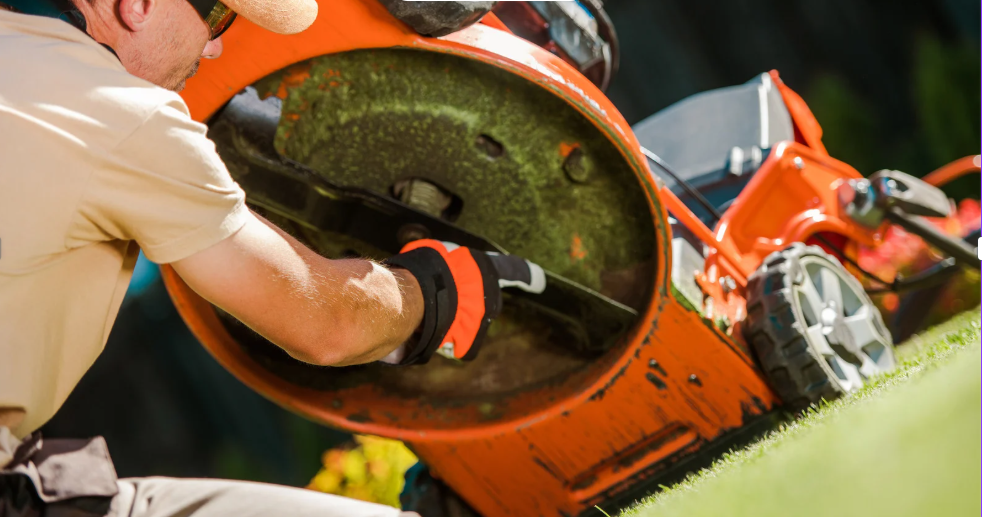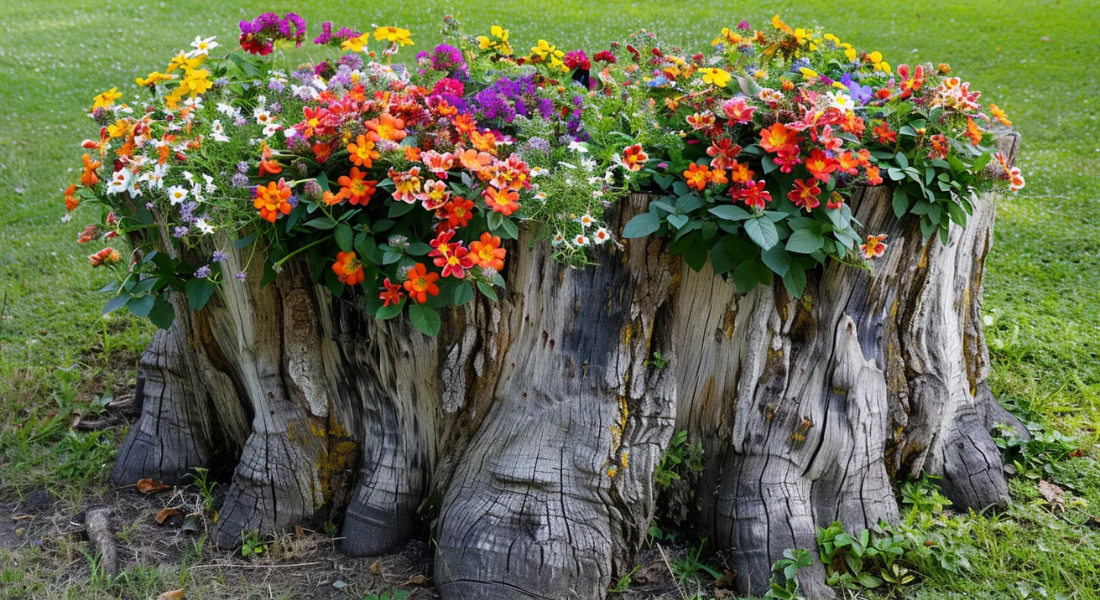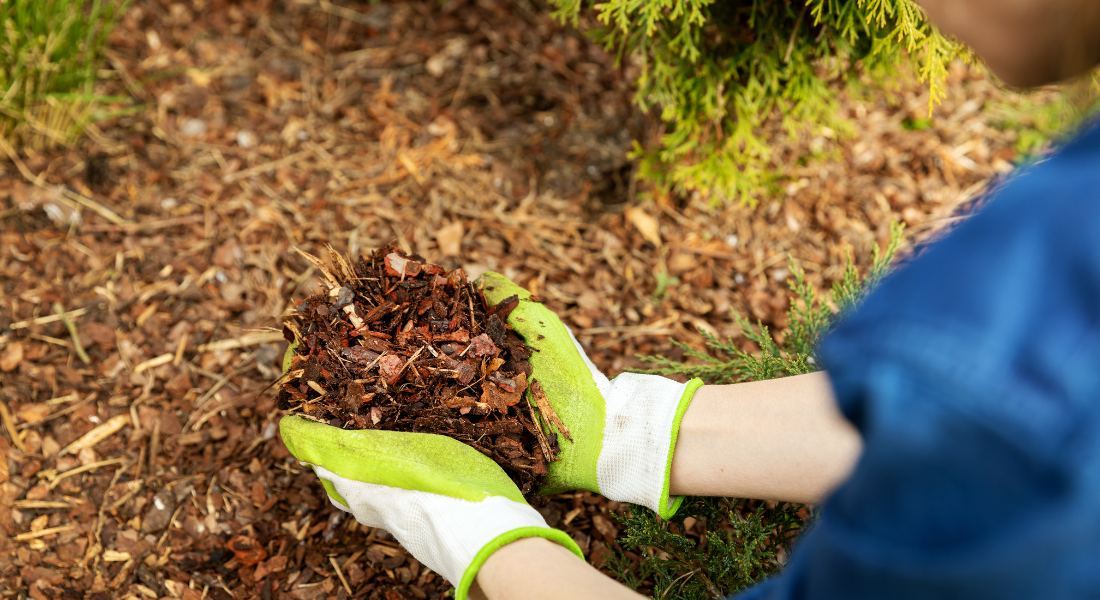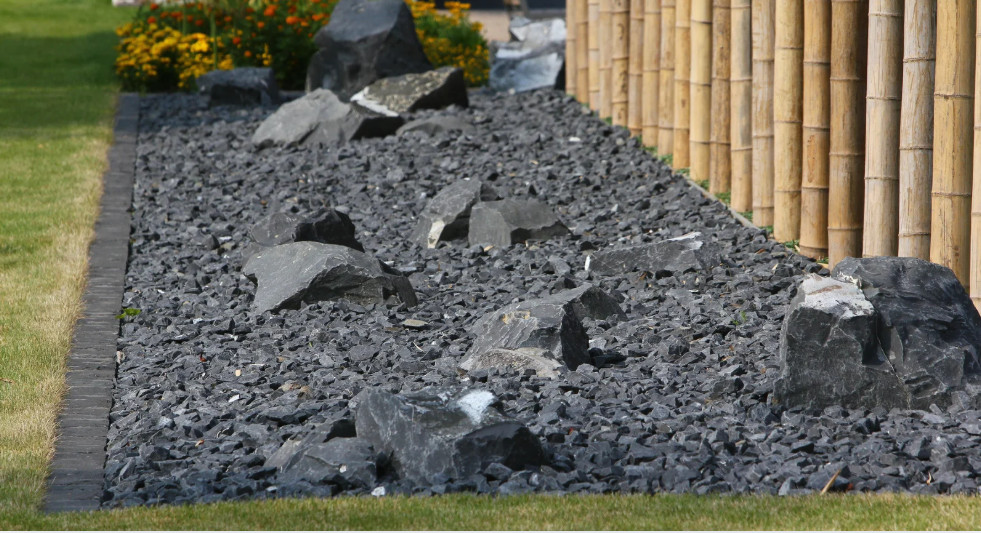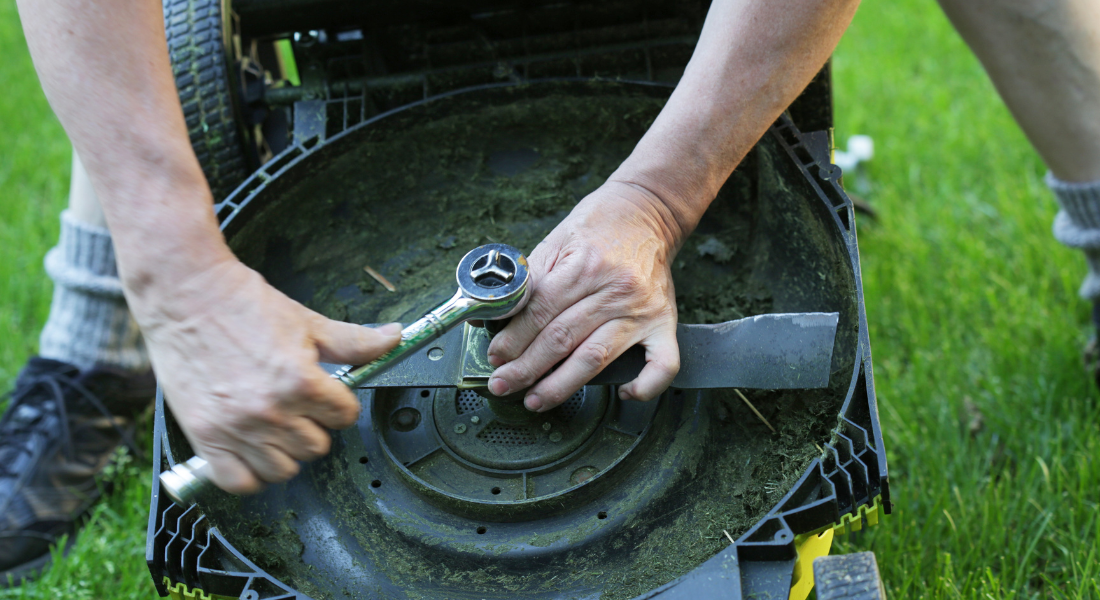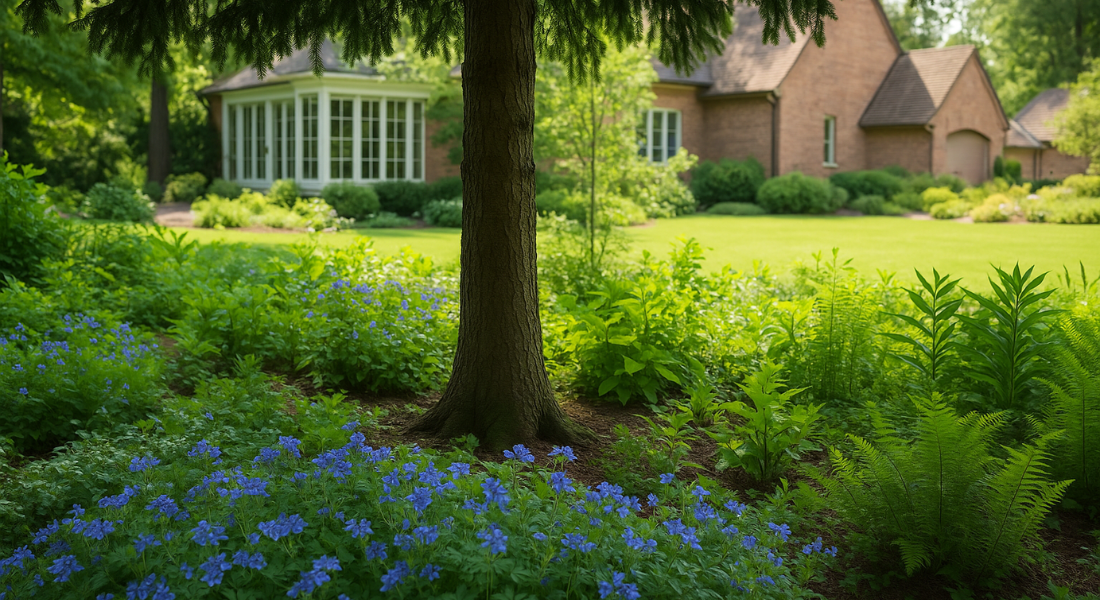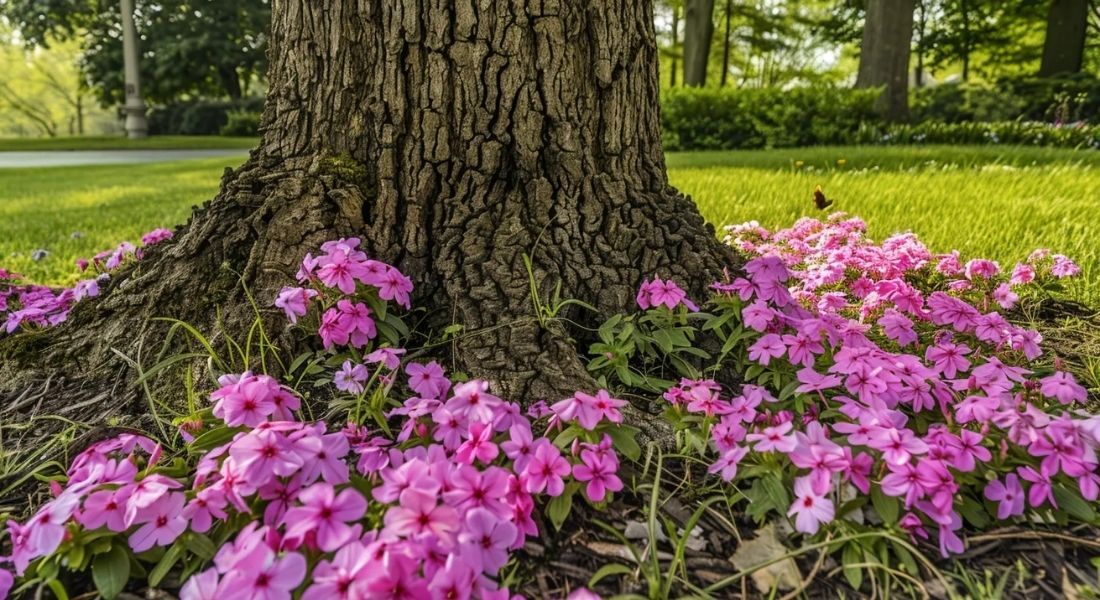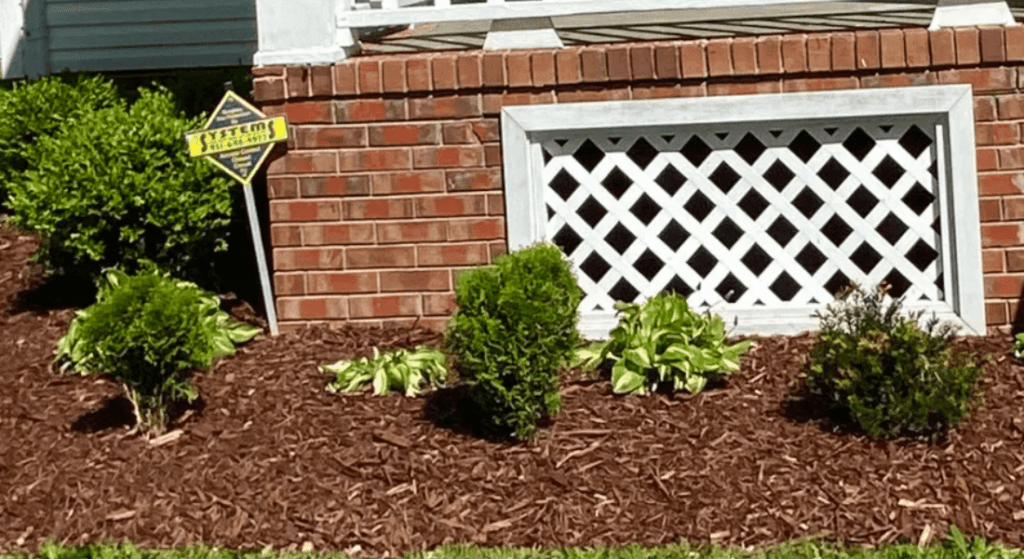Can You Mow Wet Grass? 5 Tips To Mow Your Wet Lawn
Is it okay to mow your lawn when the grass is wet, or should you always wait until the grass dries?
Most people say that you must not wet mow grass. But, why? Is it a big problem if you do?
In this blog, we will tell you what happens when you mow wet grass and we will give you the best tips if you (like "REALLY") have to cut your grass wet. Let's dive in.

Can You Mow Wet Grass?
NEVER MOW WET GRASS UNLESS IT'S ABSOLUTELY NECESSARY!
Mowing a wet grass can cause a lot of problems:
- Mowing wet grass can clog your mower and overwork its engine.
- Wet grass can form grass clippings. Wet grass clippings can clump together, block sunlight, and create dead patches on your lawn.
- Mowing wet grass will often leave uneven cuts. Wet grass will bend under the weight of water and once it stands back up, you’ll see spots that weren’t cut. Your lawn will look jaggy.
- These uneven cuts can create an environment susceptible to fungus and other lawn diseases.
So, yeah mowing wet grass will just cause you a lot of problems.
It's better to wait until the grass dries to mow it.
But if you have to cut your grass when it's wet, then follow these tips.

Tips If You Really Have To Mow Wet Grass
Well, we get it. Everyone has other things to do every day and it's not like we can mow the lawn anytime.
So, here are our best tips on how to cut the grass when it's wet:
1. Skip the Lawn Striping
We all want those crisp stripes, but when the lawn is wet, striping can press the grass down and make it harder to get a clean cut. Just focus on simply mowing and getting clean-cut.
2. Bag Your Clippings
Wet grass won’t mulch properly, so it’s best to bag your clippings. This keeps clumps from building up and prevents other issues.
3. Raise Your Mower Deck
Set your mower one notch higher than usual. This helps avoid scalping the lawn and reduces the strain on your mower when cutting damp grass.
4. Overlap Your Passes
Overlap each row by half. This helps avoid clogging under the mower deck and ensures all the grass gets cut.
5. Stay Off Hard Surfaces
Don’t turn your mower on sidewalks or driveways. Wet grass sticks to the wheels and can leave stains. Instead, make a trim pass around the edges so you can turn on the lawn.
6. Take It Slow and Stay Safe
Mowing a wet lawn isn’t ideal, but with these tips, you can keep your grass healthy and looking good. Just remember to take your time and avoid being too aggressive—you’ll thank yourself later!
Our Extra Tips You Can Try When Mowing Wet Lawn
Well, if you really want to mow the wet lawn, you can try these few extra tips:
Try pulling the lawn mower backwards
If you want to mow wet grass, you can try pulling your lawn mower backward so it reverses the cutting effect on the grass.
This method will not pull the grass as badly as when you go forward.
Use Leaf Blower (If you have one)
If you have a portable leaf blower, use it to dry the grass and let it sun dry for a few hours.
To determine if it's safe to mow, walk through the lawn. If your shoes leave deep ruts or the soil feels waterlogged, leaf blow it a little more and wait until the ground is dry.
But, if the grass is only damp and not saturated, you can mow with minimal issues.
Let GreenLife Services Handle Your Lawn
If you are tired of spending your weekends mowing, trimming, and maintaining your lawn, Let GreenLife Services take care of it for you!
With over 4 years of experience and a long list of happy customers, we’re experts at keeping yards green, clean, and beautiful. Whether you need regular mowing or full-service lawn care, we’ve got you covered—so you can relax and enjoy your weekends stress-free.
We offer free quotes with absolutely no obligation. Just give us a call, and we’ll help you get started!
Key Takeaways: Tips for Mowing Wet Grass
- Never mow wet grass unless absolutely necessary.
- Slightly wet grass may be manageable with proper techniques.
- Always use sharp blades and clean your mower deck to prevent clogs.
- Wet clippings can lead to fungal infections and dead patches.
- Mow in the late afternoon or mid-morning after dew has evaporated.
- Lawn care forums emphasize the importance of waiting until the grass is dry.
By following these tips, you’ll be able to maintain a healthy, lush lawn even when faced with wet conditions.
But, do you know how often you should mow your lawn? We have a full guide and the best schedule to mow your lawn: Read Our Blog!
FAQs
Q. How long should I wait to cut the grass after rain?
A. You should wait until the grass is dry to mow after rain.
This usually takes a few hours to a day, depending on the weather conditions.
For example, mowing in mid-morning or late afternoon is ideal because the dew or rainwater typically dries by then. You can also leaf blow your lawn (if you have one) to make it dry quicker.
Walking through the lawn is a good test—if your footprints leave a visible trail or the ground feels soggy, it’s best to wait until the soil and grass dry out further to avoid compacting the soil or leaving ruts.
Q. Can you use a lawn mower when the grass is wet?
A. Yes, you can use a lawn mower on wet grass, but it’s not ideal. Wet grass can clog your mower, causing it to overheat and making it less effective. It also increases the risk of slipping or losing control of the mower. To minimize risks, use a mower with sharp blades and ensure the wet clippings are removed regularly to prevent buildup. However, for the best results, wait until the grass dries before mowing.
Q. When should you not cut grass?
A. You should avoid cutting the grass when:
- It’s wet: Mowing wet grass can damage the lawn and your mower.
- During extreme heat: Mowing in very hot weather can stress the grass, causing it to turn brown or die.
- When frost is present: Cutting frozen grass can damage the grass blades and make them more susceptible to infection.
- At night: Low visibility increases the risk of uneven cuts and accidents.
Q. Is there a wrong time to cut grass?
A. Early mornings, when the grass is wet from dew, and evenings when the grass is more susceptible to fungal diseases, are poor times to mow.
Additionally, mowing in extreme conditions like after heavy rain or during a drought can harm the lawn and equipment.
Aim to mow when the grass is dry, preferably during mid-morning or late afternoon, for optimal results.
Q. What is the best time to water your lawn?
A. The best time to water your lawn is early in the morning, ideally between 4 a.m. and 10 a.m.
Watering during this time allows the grass to absorb the moisture before the heat of the day causes evaporation.
Watering in the evening is not recommended, as it can leave the grass wet overnight, increasing the risk of fungal diseases.
